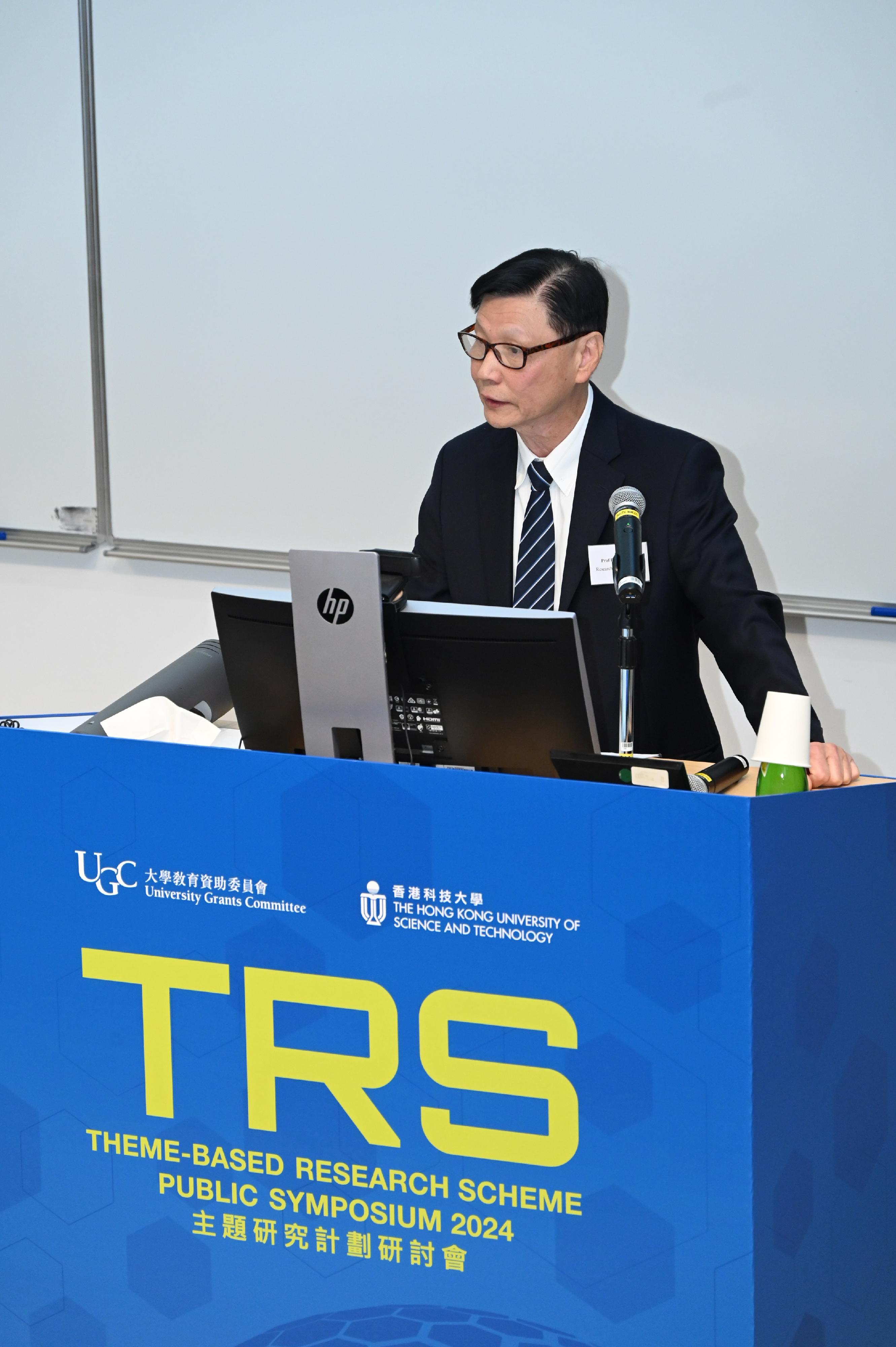Speech by CE at 2024 Yidan Prize Awards Ceremony (English only) (with video)
Following is the video speech by the Chief Executive, Mr John Lee, at the 2024 Yidan Prize Awards Ceremony today (December 8):
Dr Charles Chen (Founder of the Yidan Prize), Yidan Prize laureates, distinguished guests, ladies and gentlemen,
I am pleased to speak to you at this year’s Yidan Prize Awards Ceremony. You are educators, researchers, and government and community leaders from around the world. You are here to celebrate the contributions of our laureates, and indeed of education, to society. Education cultivates the good virtues of our young, and is the driving force for social progress. Like all of you, I firmly believe in the power of education.
The Yidan Prize, established by Dr Charles Chen in 2016, represents a profound commitment to the transformative power of education. The Yidan Prize aims to create a better world through education. The bright minds, and dedication, of laureates throughout the years have helped to reshape the future of education, paving the way for a better future for our students.
The Hong Kong Special Administrative Region Government is committed to creating an equitable and effective educational environment for all learners. In my third Policy Address, delivered in October, I highlighted our vision of developing Hong Kong into an international post-secondary education hub. We will incentivise more local students to pursue advanced studies, expand our vocational talent pool, and promote the “Study in Hong Kong” brand. We endeavour to attract more students from the member states of ASEAN (Association of Southeast Asian Nations) and other Belt and Road countries.
In my Policy Address, I announced the establishment of a new Committee on Education, Technology and Talents. This high-level committee will be led by the Chief Secretary for Administration – who I know is seated with you this evening – and will drive the integrated development of education, technology and talent. It will expand Hong Kong’s connections, formulate policies to attract and cultivate talents, foster the development of technologies, and promote Hong Kong as an international hub for high-calibre talents.
For our shared mission in education, we fully support the Yidan Prize. This year, a total of four Prize laureates are awarded. Professor Wolfgang Lutz, laureate of the Yidan Prize for Education Research, has shaped our understanding of how education underpins human potential and well-being. His work illustrates how education is not only key to building human capital, but also central to sustainable development that propels human progress.
The laureates of the Yidan Prize for Education Development this year, Professor Mark Jordans, Ms Marwa Zahr and Mr Luke Stannard, are the team behind the “Can’t Wait to Learn” Program from the War Child Alliance. The platform focuses on enhancing foundational literacy and numeracy skills among marginalised children, through personalised digital learning. The laureates, who were teachers and researchers themselves, have led the initiative to grow from a pilot project, to an evidence-based intervention, reaching over 200 000 children.
My warmest congratulations to all laureates this year. Your distinctive contributions to education are inspiring to all educators, and demonstrate the commitment to enhancing learning opportunities for all. I look forward to your continued efforts, and the positive impact you will undoubtedly have on education, on society, and on all our students.
My thanks to Dr Chen and the Yidan Prize Foundation, along with everyone who has consistently supported the Yidan Prize in its noble mission. Your unwavering commitment has been instrumental in advancing the cause of education.
On that note, I wish you all an enjoyable evening. Thank you. read more






